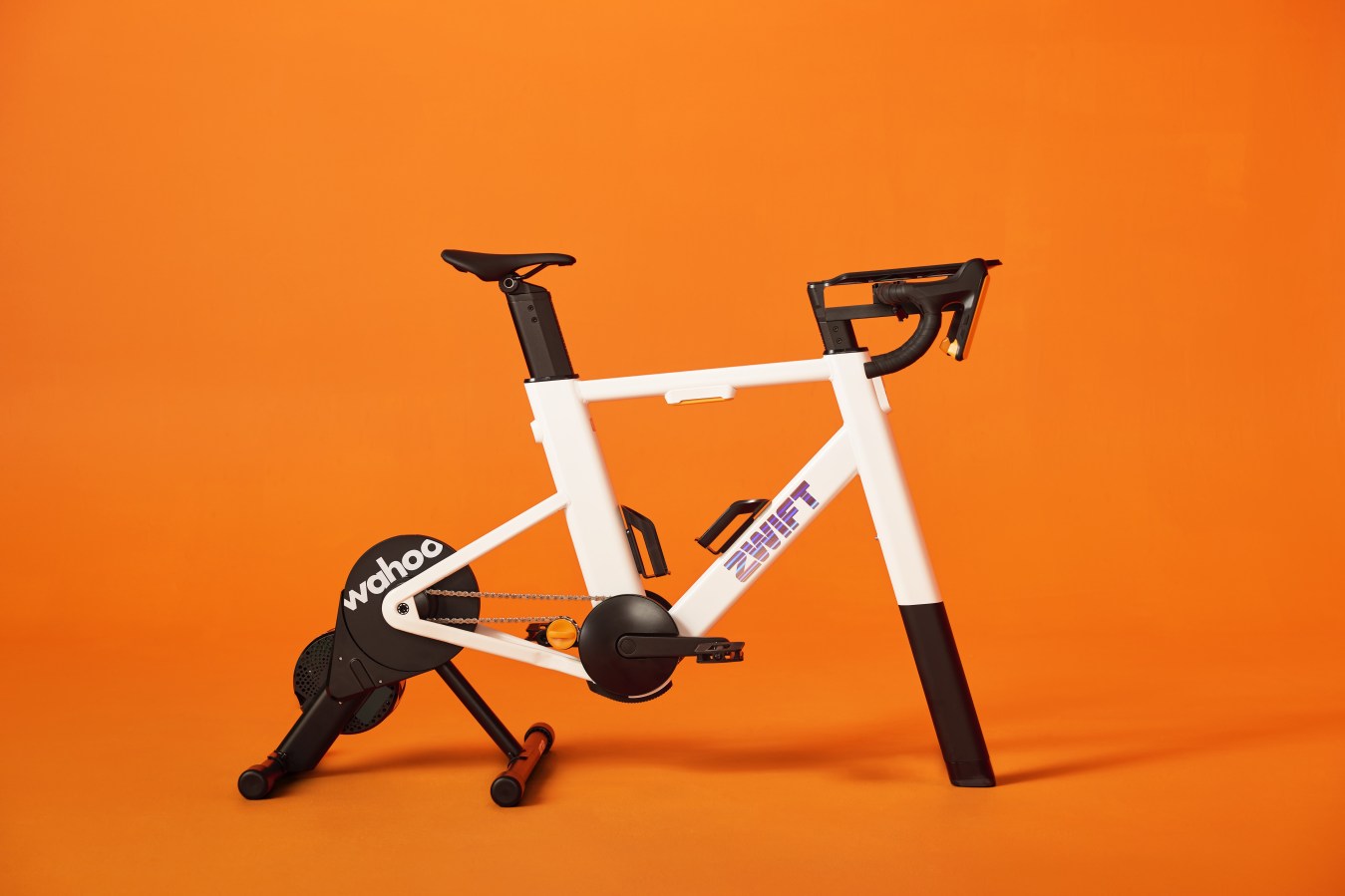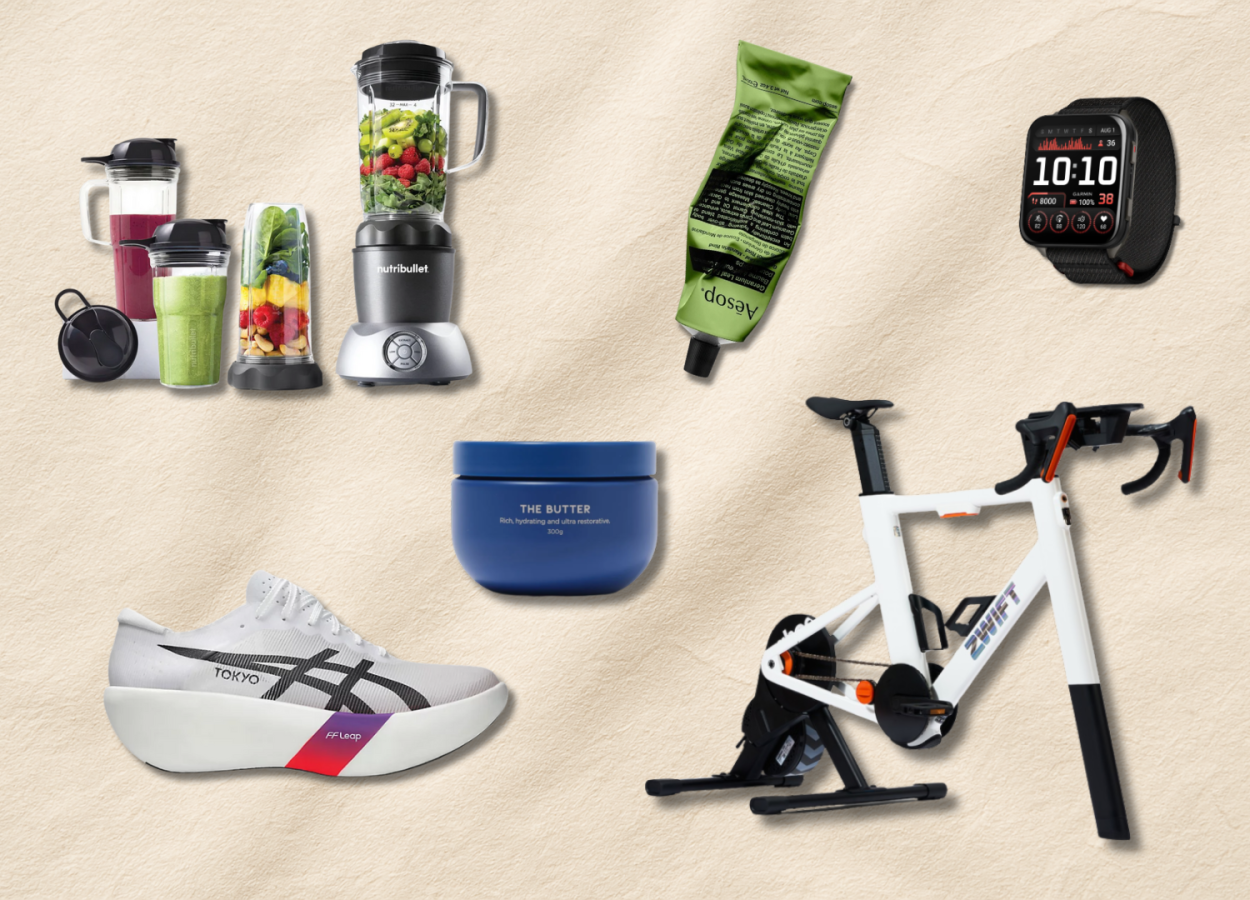Work smarter with the tools business leaders love.
There’s many things that can make work-life easier, more efficient and more productive each day. Here are some of the latest gadgets bosses are using to get them through the week.
Herman Miller Aeron Chair
Before the pandemic began in 2020, business and performance consultant Leanne Hughes was anything but desk bound. She was often travelling overseas and mixed up her week by working at a co-working space. Her mid-range office chair at home was sufficient, because it was scarcely used.
“When the lockdowns began, my career became completely virtual and I was always sitting down. I started getting back pain and had to get emergency massages,” she says.
A friend recommended the Herman Miller Aeron Chair and although she initially baulked at the price tag (it’s around $2600) she decided to join the likes of Meta CEO Mark Zuckerberg by investing in one.
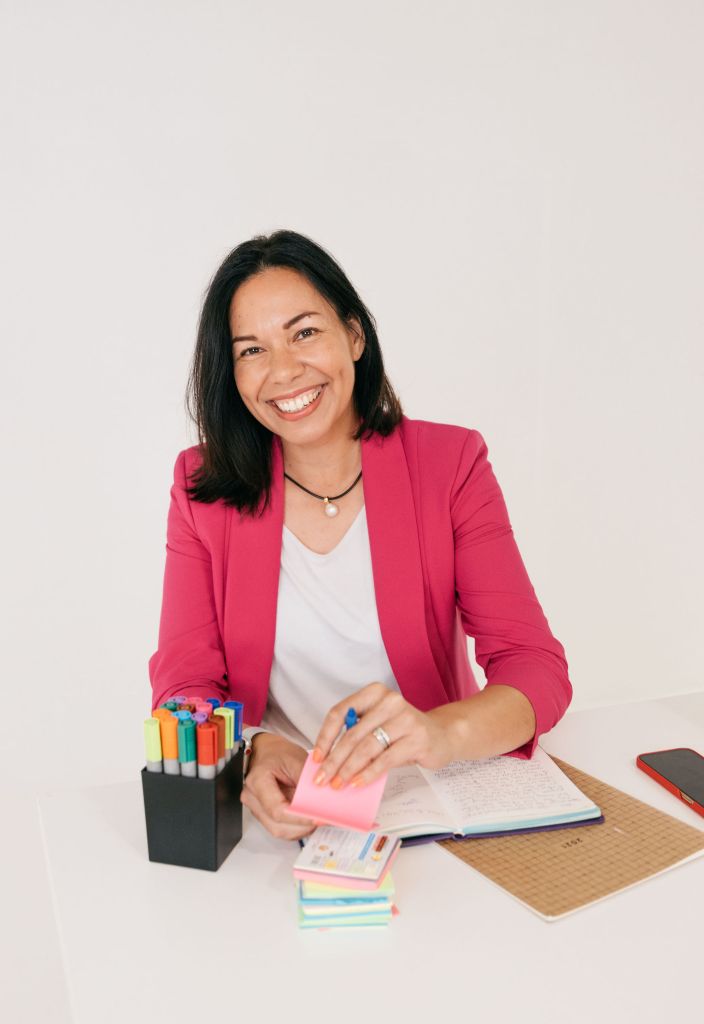
“It is obviously an expensive chair, but I thought about how a chair is a major tool of my trade,” she says. “Being comfortable dictates everything in my business in terms of my energy.”
She is now spending extended periods of time in her chair writing a book and consulting, and she gets no back pain whatsoever.
“It’s got air vents, which is great for keeping me cool year-round in Brisbane. Everything is adjustable and the arm rest can be moved out of the way. The quality of this chair is incredible – you feel like a boss just by sitting in it.”
Realistic note taking that converts to text: reMarkable 2
Last year, Simon Bacher’s co-founder at language learning app Ling complained that she couldn’t read his writing and gifted him a reMarkable 2. The wafer-thin tablet with a stylus pen can convert handwritten notes into text, and it feels exactly like putting pen onto paper. Bacher’s cofounder joked that it was time for Bacher to enter the 21st century.

“The notes-to-text feature is often a lifesaver for me. I use it for everything: signing documents, reviewing and marking up documents, and during meetings to take notes that I can later share.”
It can also be used as an e-reader.
“Generally, the text conversion is accurate, although I’d prefer to be able to edit the conversion on the ReMarkable itself rather than once it has been shared as a text document.”
Digital business cards
Many people no longer carry business cards and consider them a bit formal and old-fashioned – but during all-important networking opportunities, it is critical to be able to exchange contact details.
Lauren Yehezkel is the founder of reusable coffee lid company Lydy, so she didn’t want to be handing out single use paper cards and was looking for an eco-friendly alternative.
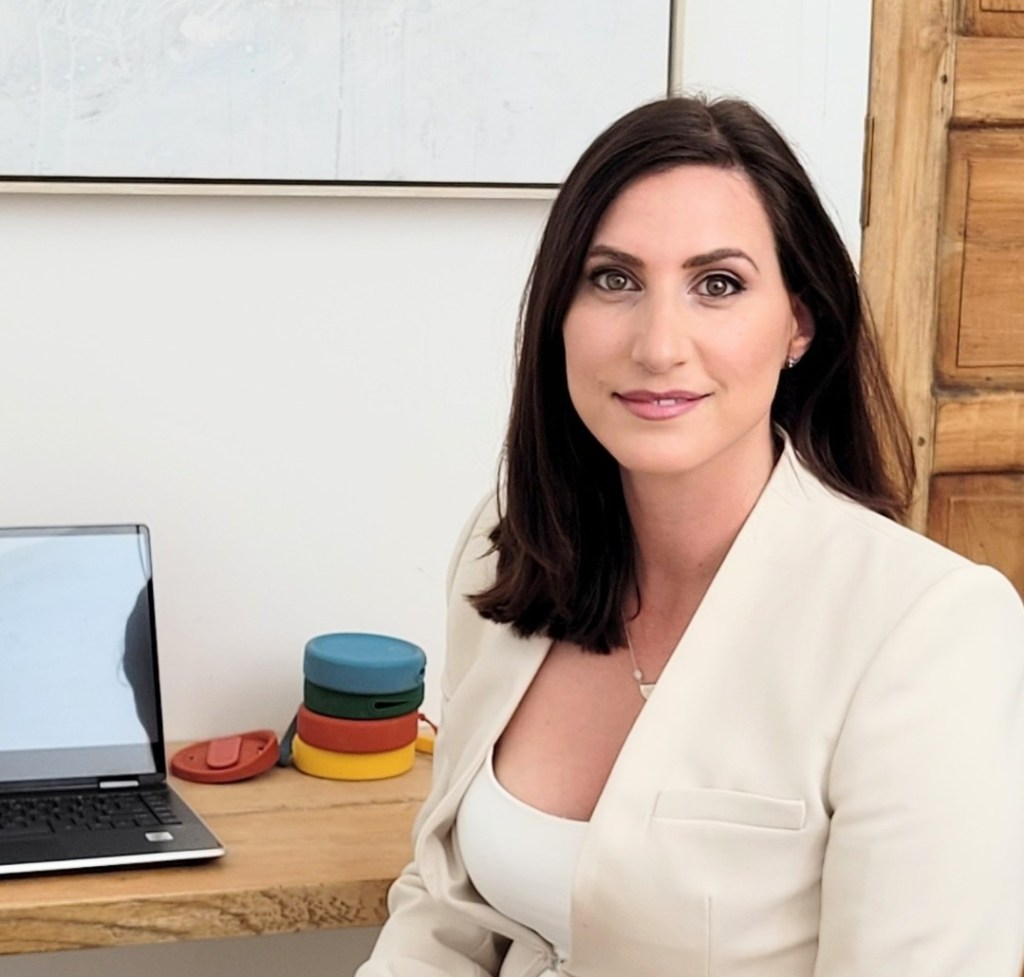
“I also know that if someone gives me a paper card, I often put it somewhere and don’t look at it again – and then when I need it, I can’t find it.”
A couple of years ago she tried digital business cards but found the experience a bit clunky and awkward, as the card took too long for the recipient to load on their phone.
With the Coffee Expo approaching in July last year, Yehezkel decided to give digital business cards another try – but this time with Tapt. It looks like a regular business card but the recipient scans it and her contact details appear on their phone. They can choose to connect with her on social media platforms like LinkedIn, Twitter and Instagram.
She was delighted with the response she got to her digital business card. Most people had never seen one before.
“Some people were so excited about it – their whole face lit up and they asked me all these questions about how it worked,” she says.
However, there were a few awkward exchanges when the person she had met thought they were supposed to keep the card, rather than scan it. They put it in their pocket, thinking it was to keep and Yehezkel had to politely ask for it back.
“I learned to be careful in the way that I explained how it worked,” she said with a laugh. “A digital business card is definitely a conversation starter.”
Yellow tinted glasses to filter blue light
Spending so much time staring at screens can result in our eyes becoming strained and fatigued. The blue light that is emitted from screens has a short wavelength, which means that it penetrates the eyes and can potentially damage the light-sensitive cells in the retina (which is the lining of the back of the eye).
On the colour wheel, yellow is the opposite of blue, which is why yellow is used as a means of counteracting blue light.
“My business partner has a habit of randomly giving me weird things, and a couple of years ago he gave me a pair of yellow lens glasses,” says the co-founder of Web 3 marketing agency Mooning, Lisa Teh.
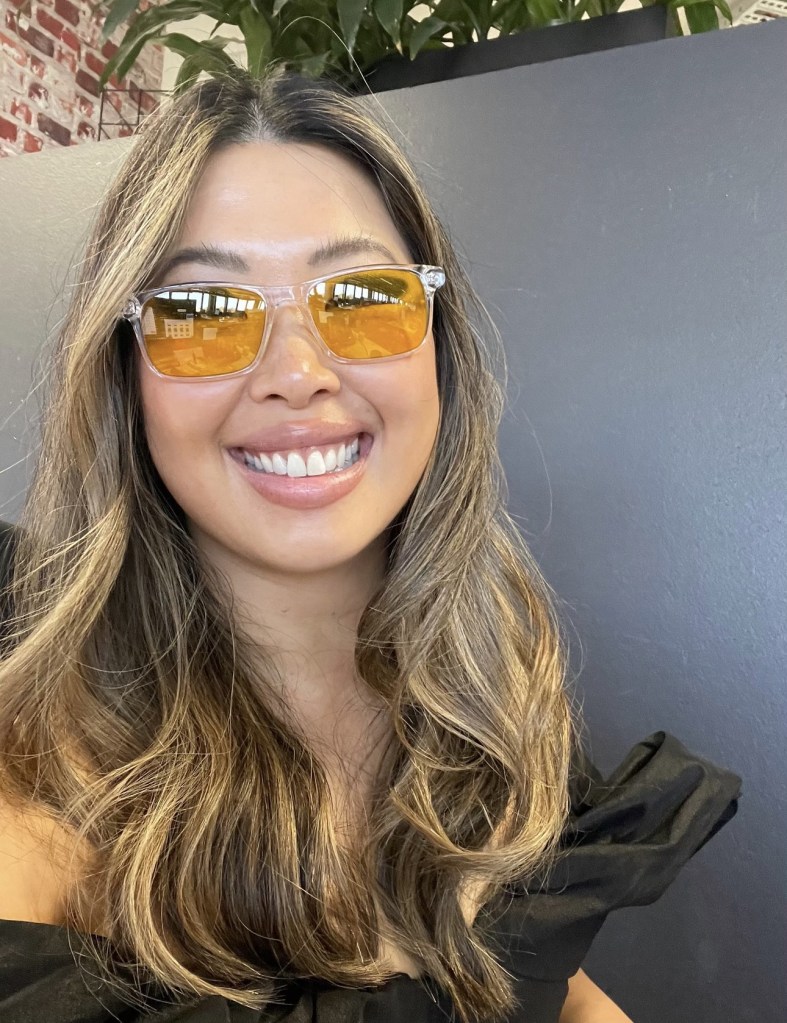
Some people have begun wearing yellow tinted glasses to help lessen the effects of digital eye strain. A 2017 study found that those who wore yellow tinted glasses three hours before bed while using digital devices or watching TV also experienced a 58% increase in their nightly melatonin levels, which is the natural hormone that promotes sleep.
“I spend pretty much 99% of my awake time looking at my desktop, laptop or phone screens,” she adds. “I used to get migraines every now and again. I find that it’s easier for me to pop on a pair of glasses to reduce eye strain than it is to get away from my desk.”
The long-term health effect of extended exposure to blue light is not fully known because it is relatively recent phenomenon. However, it is true that light is one of the most important external factors affecting our readiness for sleep, and that blue light suppresses the body’s release of melatonin.
“I don’t have to wear the glasses all the time – and I never wear them on video calls because it would look weird,” says Teh. “But if I start to feel my eyes getting tired or I’m about to go into some deep work, I can pop them on and I know that it will lessen some of the strain.”
